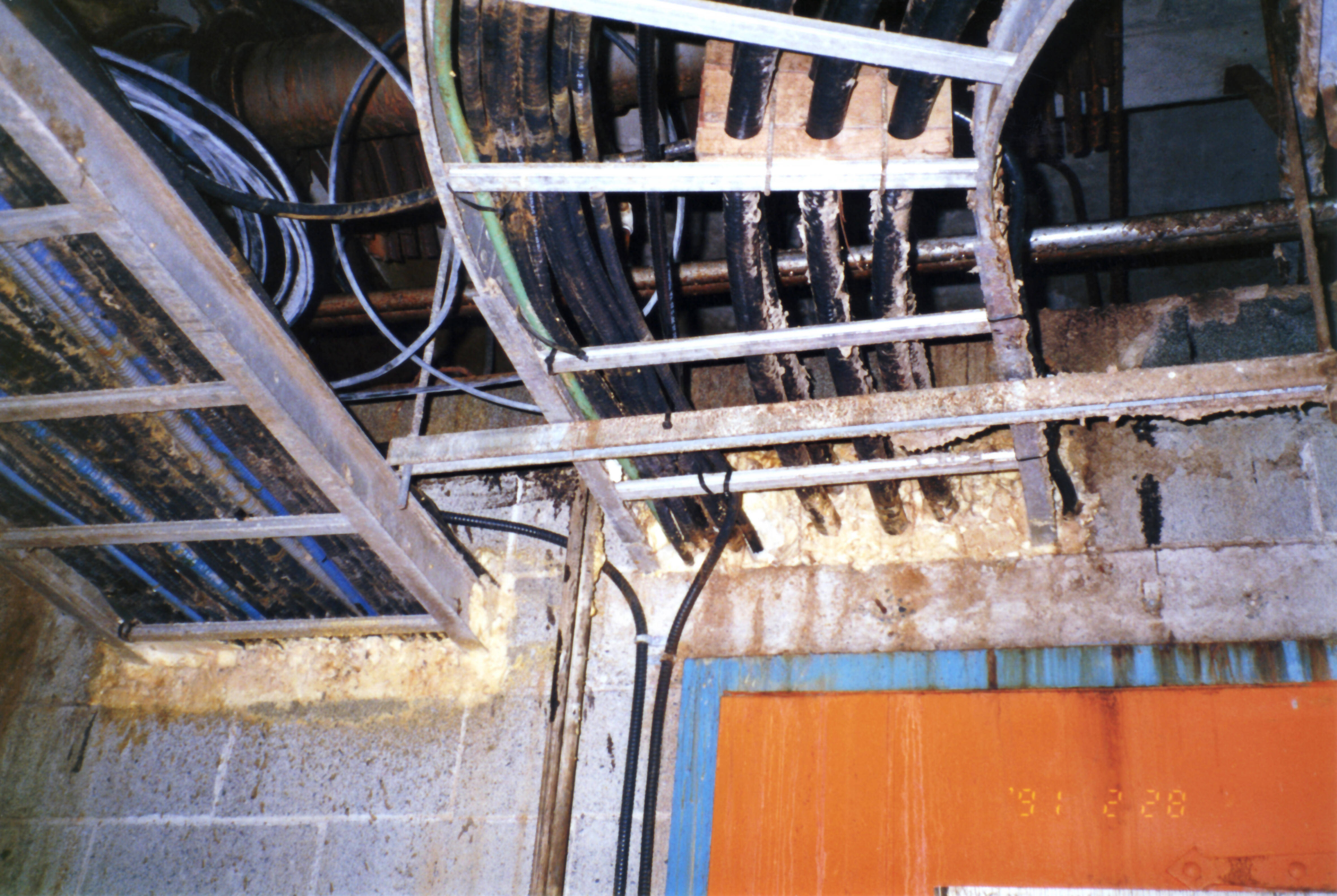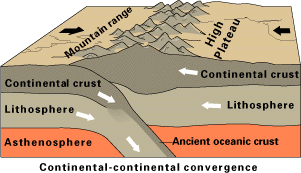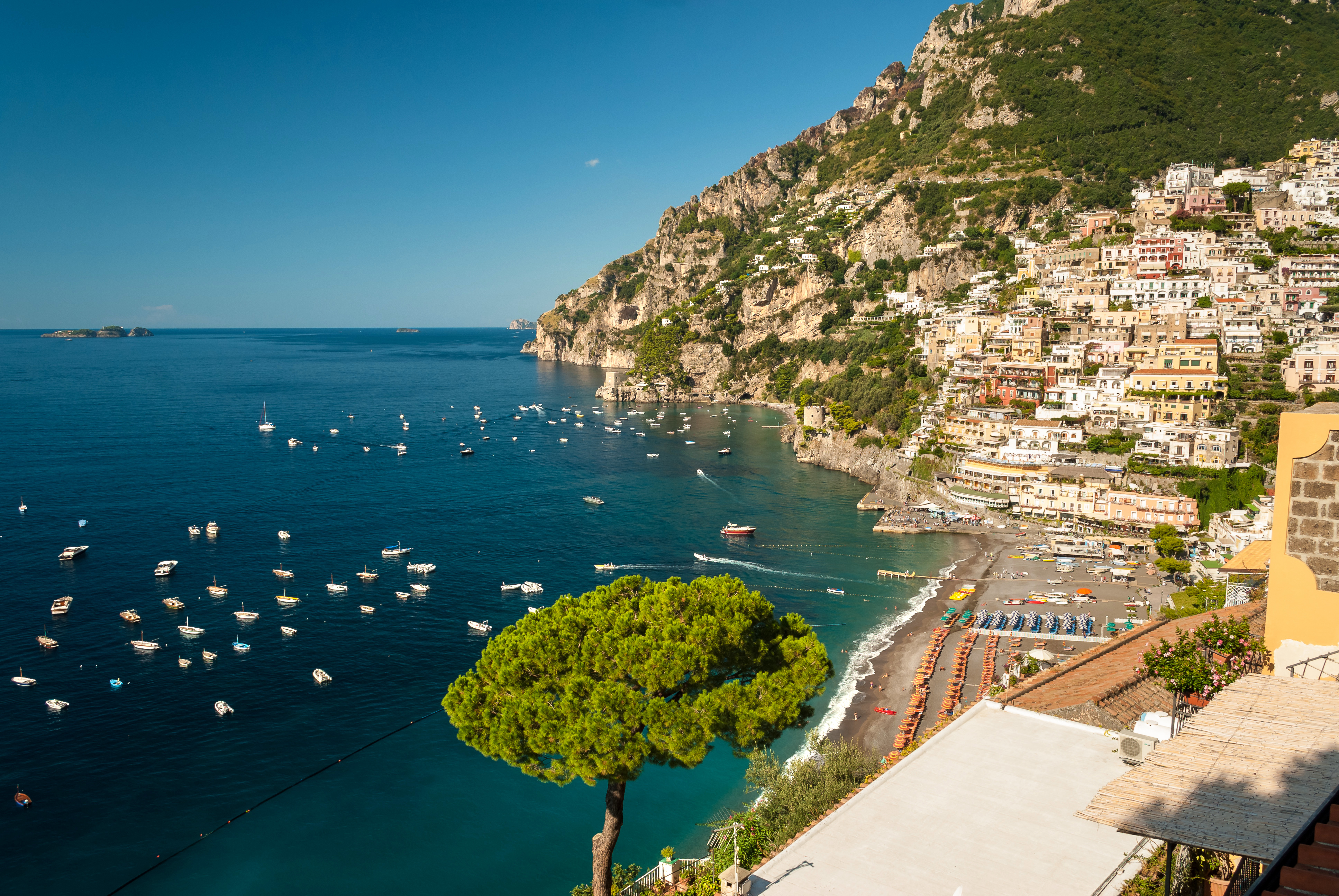|
2009 L’Aquila Earthquake
An earthquake occurred in the region of Abruzzo, in central Italy, at 03:32 CEST (01:32 UTC) on 6 April 2009. It was rated 5.8 or 5.9 on the Richter scale and 6.3 on the moment magnitude scale; its epicentre was near L'Aquila, the capital of Abruzzo, which together with surrounding villages suffered the most damage. There were several thousand foreshocks and aftershocks since December 2008, more than thirty of which had a Richter magnitude greater than 3.5. The earthquake was felt throughout central Italy; 308 people are known to have died, making this the deadliest earthquake to hit Italy since the 1980 Irpinia earthquake. In a subsequent inquiry of the handling of the disaster, seven members of the Italian National Commission for the Forecast and Prevention of Major Risks were accused of giving "inexact, incomplete and contradictory" information about the danger of the tremors prior to the main quake. On 22 October 2012, six scientists and one ex-government official were conv ... [...More Info...] [...Related Items...] OR: [Wikipedia] [Google] [Baidu] |
Central European Time
Central European Time (CET) is a standard time of Central, and parts of Western Europe, which is one hour ahead of Coordinated Universal Time (UTC). The UTC offset, time offset from UTC can be written as UTC+01:00. It is used in most parts of Europe and in several African countries. CET is also known as Middle European Time (MET, German: :de:Mitteleuropäische Zeit, MEZ) and by colloquial names such as Amsterdam Time, Berlin Time, Brussels Time, Budapest Time, Madrid Time, Paris Time, Stockholm Time, Rome Time, Prague time, Warsaw Time or Romance Standard Time (RST). The 15th meridian east is the central axis per UTC+01:00 in the world system of time zones. As of 2023, all member state of the European Union, member states of the European Union observe summer time (daylight saving time), from the last Sunday in March to the last Sunday in October. States within the CET area switch to Central European Summer Time (CEST, UTC+02:00) for the summer. The next change to CET is scheduled ... [...More Info...] [...Related Items...] OR: [Wikipedia] [Google] [Baidu] |
Building Standards
A building code (also building control or building regulations) is a set of rules that specify the standards for construction objects such as buildings and non-building structures. Buildings must conform to the code to obtain planning permission, usually from a local council. The main purpose of building codes is to protect public health, safety and general welfare as they relate to the construction and occupancy of buildings and for example, the building codes in many countries require engineers to consider the effects of soil liquefaction in the design of new buildings. The building code becomes law of a particular jurisdiction when formally enacted by the appropriate governmental or private authority. Building codes are generally intended to be applied by architects, engineers, interior designers, constructors and regulators but are also used for various purposes by safety inspectors, environmental scientists, real estate developers, subcontractors, manufacturers of buil ... [...More Info...] [...Related Items...] OR: [Wikipedia] [Google] [Baidu] |
Continental Collision
In geology, continental collision is a phenomenon of plate tectonics that occurs at Convergent boundary, convergent boundaries. Continental collision is a variation on the fundamental process of subduction, whereby the subduction zone is destroyed, mountains produced, and two continents sutured together. Continental collision is only known to occur on Earth. Continental collision is not an instantaneous event, but may take several tens of millions of years before the Geologic fault, faulting and Fold (geology), folding caused by collisions stops. Geology of the Himalaya, The collision between Indian plate, India and Eurasian plate, Asia has been going on for about 50 million years already and shows no signs of abating. Collision between East and West Gondwana to form the East African Orogeny, East African Orogen took about 100 million years from beginning (610 Ma) to end (510 Ma). The collision between Gondwana and Laurasia to form Pangea occurred in a relati ... [...More Info...] [...Related Items...] OR: [Wikipedia] [Google] [Baidu] |
Tyrrhenian Sea
The Tyrrhenian Sea (, ; or ) , , , , is part of the Mediterranean Sea off the western coast of Italy. It is named for the Tyrrhenians, Tyrrhenian people identified with the Etruscans of Italy. Geography The sea is bounded by the islands of Corsica and Sardinia (to the west), the Italian Peninsula (regions of Tuscany, Lazio, Campania, Basilicata, and Calabria) to the north and east, and the island of Sicily (to the south). The Tyrrhenian Sea also includes a number of smaller islands like Capri, Elba, Ischia, and Ustica. The maximum depth of the sea is . The Tyrrhenian Sea is situated near where the African Plate, African and Eurasian Plates meet; therefore mountain chains and active volcanoes, such as Mount Marsili, are found in its depths. The eight Aeolian Islands and Ustica are located in the southern part of the sea, north of Sicily. Extent The International Hydrographic Organization defines the limits of the Tyrrhenian Sea as follows: * In the Strait of Messina: A line ... [...More Info...] [...Related Items...] OR: [Wikipedia] [Google] [Baidu] |
Back-arc Basin
A back-arc basin is a type of geologic Structural basin, basin, found at some convergent boundary, convergent plate boundaries. Presently all back-arc basins are submarine features associated with island arcs and subduction zones, with many found in the western Pacific Ocean. Most of them result from Tension (physics), tensional forces, caused by a process known as Oceanic trench#Trench rollback, oceanic trench rollback, where a subduction zone moves towards the subducting plate. Back-arc basins were initially an unexpected phenomenon in plate tectonics, as convergent boundaries were expected to universally be zones of compression. However, in 1970, Dan Karig published a model of back-arc basins consistent with plate tectonics. Structural characteristics Back-arc basins are typically very long and relatively narrow, often thousands of kilometers long while only being a few hundred kilometers wide at most. For back-arc extension to form, a subduction zone is required, but not a ... [...More Info...] [...Related Items...] OR: [Wikipedia] [Google] [Baidu] |
Active Fault
An active fault is a fault that is likely to become the source of another earthquake sometime in the future. Geologists commonly consider faults to be active if there has been movement observed or evidence of seismic activity during the last 10,000 years. * Active faulting is considered to be a geologic hazard – one related to earthquakes as a cause. Effects of movement on an active fault include strong ground motion, surface faulting, tectonic deformation, landslides and rockfalls, liquefaction, tsunamis, and seiches. Quaternary faults are those active faults that have been recognized at the surface and which have evidence of movement during the Quaternary Period. Related geological disciplines for ''active-fault'' studies include geomorphology, seismology, reflection seismology, plate tectonics, geodetics and remote sensing, risk analysis, and others. Location Active faults tend to occur in the vicinity of tectonic plate boundaries, and active fault research h ... [...More Info...] [...Related Items...] OR: [Wikipedia] [Google] [Baidu] |
Pliocene
The Pliocene ( ; also Pleiocene) is the epoch (geology), epoch in the geologic time scale that extends from 5.33 to 2.58See the 2014 version of the ICS geologic time scale million years ago (Ma). It is the second and most recent epoch of the Neogene Period in the Cenozoic, Cenozoic Era. The Pliocene follows the Miocene Epoch and is followed by the Pleistocene Epoch. Prior to the 2009 revision of the geologic time scale, which placed the four most recent major glaciations entirely within the Pleistocene, the Pliocene also included the Gelasian Stage, which lasted from 2.59 to 1.81 Ma, and is now included in the Pleistocene. As with other older geologic periods, the Stratum, geological strata that define the start and end are well-identified but the exact dates of the start a ... [...More Info...] [...Related Items...] OR: [Wikipedia] [Google] [Baidu] |
Extensional Tectonics
Extensional tectonics is concerned with the structures formed by, and the Tectonics, tectonic processes associated with, the stretching of a planetary body's Crust (geology), crust or lithosphere. Deformation styles The types of structure and the geometries formed depend on the amount of stretching involved. Stretching is generally measured using the parameter ''β'', known as the ''beta factor'', where : \beta = \frac \,, ''t''0 is the initial crustal thickness and ''t''1 is the final crustal thickness. It is also the equivalent of the Strain (materials science), strain parameter ''stretch''. Low beta factor In areas of relatively low crustal stretching, the dominant structures are high to moderate angle normal faults, with associated half grabens and tilted block faulting, tilted fault blocks. High beta factor In areas of high crustal stretching, individual extensional faults may become rotated to too low a dip to remain active and a new set of faults may be generated. Lar ... [...More Info...] [...Related Items...] OR: [Wikipedia] [Google] [Baidu] |
Apennines
The Apennines or Apennine Mountains ( ; or Ἀπέννινον ὄρος; or – a singular with plural meaning; )Latin ''Apenninus'' (Greek or ) has the form of an adjective, which would be segmented ''Apenn-inus'', often used with nouns such as ("mountain") or Greek (), but ''Apenninus'' is just as often used alone as a noun. The ancient Greeks and Romans typically but not always used "mountain" in the singular to mean one or a range; thus, "the Apennine mountain" refers to the entire chain and is translated "the Apennine mountains". The ending can vary also by gender depending on the noun modified. The Italian singular refers to one of the constituent chains rather than to a single mountain, and the Italian plural refers to multiple chains rather than to multiple mountains. are a mountain range consisting of parallel smaller chains extending the length of peninsular Italy. In the northwest they join the Ligurian Alps at Altare. In the southwest they end at Reggio di ... [...More Info...] [...Related Items...] OR: [Wikipedia] [Google] [Baidu] |
Tectonics
Tectonics ( via Latin ) are the processes that result in the structure and properties of the Earth's crust and its evolution through time. The field of ''planetary tectonics'' extends the concept to other planets and moons. These processes include those of orogeny, mountain-building, the growth and behavior of the strong, old cores of continents known as cratons, and the ways in which the relatively rigid tectonic plate, plates that constitute the Earth's outer shell interact with each other. Principles of tectonics also provide a framework for understanding the earthquake and volcanic belts that directly affect much of the global population. Tectonic studies are important as guides for economic geology, economic geologists searching for fossil fuels and ore deposits of metallic and nonmetallic resources. An understanding of tectonic principles can help geomorphology, geomorphologists to explain Erosion and tectonics, erosion patterns and other Earth-surface features. Ma ... [...More Info...] [...Related Items...] OR: [Wikipedia] [Google] [Baidu] |







